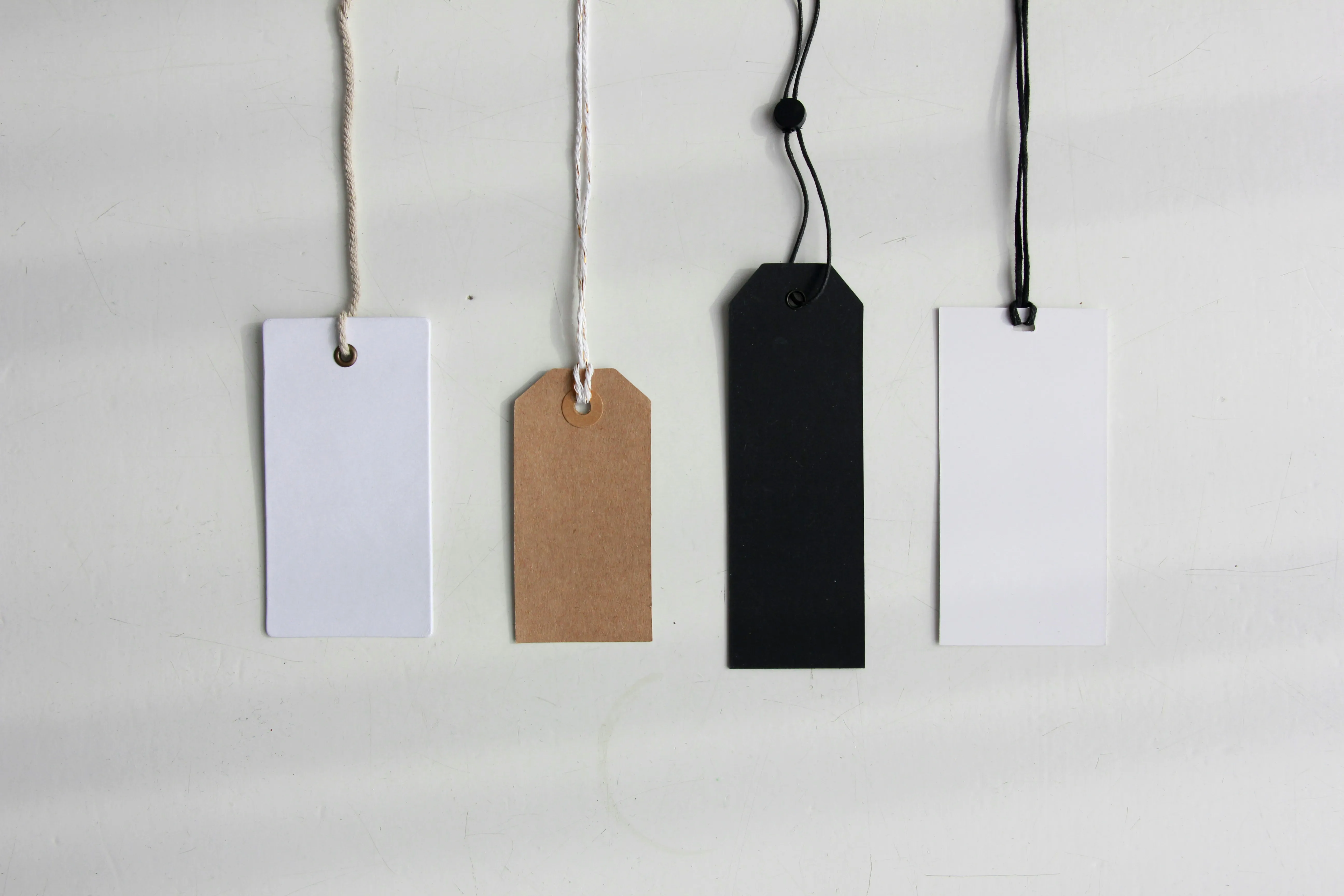Is Print on Demand Eco-Friendly? Unveiling the Green Potential of POD
Average Reading Time: 9 Minutes
Table of Contents
- Introduction: Eco-Conscious Merch or Greenwashing?
- Chapter 1: The Emerald Advantage: Unveiling the Environmental Benefits of POD
- Chapter 2: The Shadow Side: Understanding the Environmental Concerns of POD
- Chapter 3: Finding Your Green Champion: Choosing Eco-Conscious POD Companies
- Chapter 4: Reduce, Reuse, Rethink: Implementing Sustainable POD Practices
- Chapter 5: Beyond the Label: The Broader Scope of POD Sustainability
- Conclusion: The Future of Green POD: Cultivating a Sustainable Path
- 5 FAQs on Eco-Friendly POD

Introduction: Eco-Conscious Merch or Greenwashing?
In today's world of personalized expression, custom merchandise like t-shirts, mugs, and phone cases have skyrocketed in popularity. However, alongside this surge comes a growing concern about the environmental impact of Print on Demand (POD) production.
Is POD truly a haven for eco-conscious creators, or is it merely a facade of greenwashing? This article delves deep into the sustainability of POD, meticulously examining both the environmental benefits and drawbacks to empower you with informed choices that contribute to a greener future.
Chapter 1: The Emerald Advantage: Unveiling the Environmental Benefits of POD
Compared to traditional mass production methods, POD offers several environmental advantages:
- Minimized Waste: Unlike traditional production that often leads to overproduction and mountains of unsold inventory, POD operates on an on-demand basis, printing only what's ordered. This significantly reduces waste and its subsequent contribution to landfills.
- Localized Production: Many POD companies strategically distribute production facilities across various regions, minimizing transportation distances and associated carbon emissions compared to centralized manufacturing hubs.
- Sustainable Materials: Increasingly, POD providers are offering eco-friendly materials like organic cotton and recycled polyester, lowering the environmental footprint of your personalized merchandise.
- Optimized Energy Consumption: On-demand printing requires activation only when necessary, unlike traditional mass production where machines run continuously, even when not actively printing. This results in reduced energy consumption and a smaller carbon footprint.
Chapter 2: The Shadow Side: Understanding the Environmental Concerns of POD
While POD boasts promising green potential, it's crucial to acknowledge its environmental concerns:
- Energy Consumption: Although more efficient than mass production, the printing and shipping processes still require energy, contributing to carbon emissions.
- Packaging Waste: Unfortunately, packaging waste can be an issue if not addressed responsibly. Opting for non-biodegradable or non-recyclable packaging materials can negate the positive environmental impact of POD.
- Limited Control: Choosing a sustainable POD company is crucial, as some may lack transparency in their practices and materials sourcing, making it difficult to assess their true environmental impact.
- Durability: Some POD products may not be as durable as traditionally manufactured ones, leading to earlier disposal and increased waste generation.
Chapter 3: Finding Your Green Champion: Choosing Eco-Conscious POD Companies
Navigating the POD landscape can be overwhelming, but fear not! Here's how to identify eco-conscious POD partners:
- Seek Certifications: Look for companies with certifications like GOTS (Global Organic Textile Standard) or OEKO-TEX, which guarantee sustainable practices and materials throughout the production process.
- Demand Transparency: Opt for providers who openly communicate their sustainability efforts, including materials sourcing and ethical labor practices.
- Prioritize Sustainable Packaging: Choose companies that utilize biodegradable or recyclable packaging materials, minimizing waste generation.
- Focus on Durability: Consider the product's lifespan and select materials known for their longevity to reduce the need for frequent replacements.
Chapter 4: Reduce, Reuse, Rethink: Implementing Sustainable POD Practices
Even with a green POD partner, you can further minimize your environmental impact:
- Design for Durability: Choose high-quality materials and timeless designs that last longer, reducing the need for frequent replacements.
- Offer Multi-Use Products: Encourage customers to use your products for various purposes, minimizing the overall need for
- Offer Multi-Use Products: Encourage customers to use your products for various purposes, minimizing the overall need for single-use items and reducing waste generation. For example, create tote bags that can be used for groceries, shopping, or even beach trips.
- Minimize Packaging: Opt for minimal, eco-friendly packaging whenever possible. Explore options like recycled paper, compostable materials, or even packaging-free options where feasible. This not only reduces waste but also lowers shipping weight and associated emissions.
- Educate Your Customers: Share your commitment to sustainability with your customers. Inform them about your eco-conscious practices, the materials used, and the benefits of choosing sustainable products. This transparency fosters trust and encourages them to make informed purchasing decisions.
- Promote Upcycling and Repurposing: Encourage customers to get creative with their POD products. Share ideas on how they can be upcycled or repurposed after their initial use. This extends the product lifespan and reduces the need for new purchases.
- Partner with Eco-Conscious Organizations: Collaborate with environmental organizations or sustainability initiatives aligned with your values. This can involve co-creating products, promoting their work, or donating a portion of your proceeds to their cause. Such collaborations amplify your impact and contribute to a broader positive change.
Chapter 5: Beyond the Label: The Broader Scope of POD Sustainability
Sustainability in POD goes beyond individual companies. We need to consider the bigger picture and advocate for systemic change:
- Supporting Ethical Practices: Choose POD companies committed to fair labor practices, responsible sourcing, and ethical treatment of workers throughout the supply chain.
- Promoting Transparency: Demand transparency across the entire POD supply chain, from material sourcing to manufacturing and packaging. This empowers informed choices and holds companies accountable for their environmental and social impact.
- Encouraging Innovation: Support companies developing sustainable printing technologies, eco-friendly materials, and innovative solutions to minimize waste and resource consumption.
By advocating for these changes, we can contribute to a more sustainable future for POD, not just for the environment but for the people involved in the entire process.
Conclusion: The Future of Green POD: Cultivating a Sustainable Path
The question of POD's sustainability isn't a simple yes or no answer. It's a complex tapestry woven with both green threads and concerns. However, by understanding the advantages and drawbacks, choosing eco-conscious partners, implementing sustainable practices, and advocating for broader change, we can collectively tip the scales towards a greener future for POD.
Remember, the power lies in your hands. As consumers and creators, we can demand change, support responsible companies, and inspire others to join the eco-conscious movement. Let's make POD a force for good, not just for self-expression, but for the planet, too.
5 FAQs on Eco-Friendly POD
1, Is POD always more sustainable than traditional manufacturing? Not necessarily. It depends on various factors like materials, production location, and shipping distances.
2. What are the most eco-friendly POD materials? Organic cotton, recycled polyester, and hemp are good options.
3. How can I minimize packaging waste with POD? Choose companies offering minimal packaging or packaging-free options.
4. What certifications guarantee eco-friendly POD practices? Look for GOTS, OEKO-TEX, and Fair-Trade certifications.
5. What can I do to promote sustainable POD? Support responsible companies, educate your customers, and demand transparency in the supply chain.
Did this article help you navigate the green world of POD? Share your thoughts and questions in the comments below! Let's keep the conversation going and inspire each other to make more sustainable choices.
Looking for more green inspiration? Check out our other articles on eco-friendly design, ethical sourcing, and sustainable business practices. Together, we can create a future where creativity thrives in harmony with the planet.
P.S. Don't forget to follow us on social media, the community, the website and the - - YouTube channel for even more inspiration and updates!
- Website: https://printondemand.vip
- Slingly PRO Access: By AIOWS
- Online & Digital Marketing Community: https://communi.com/van-santen-enterprisescom/?register=true&level=0
- The Digital Asset Store: https://van-santen-enterprises.cc
- YouTube Channel: @VanSantenEnterprises









